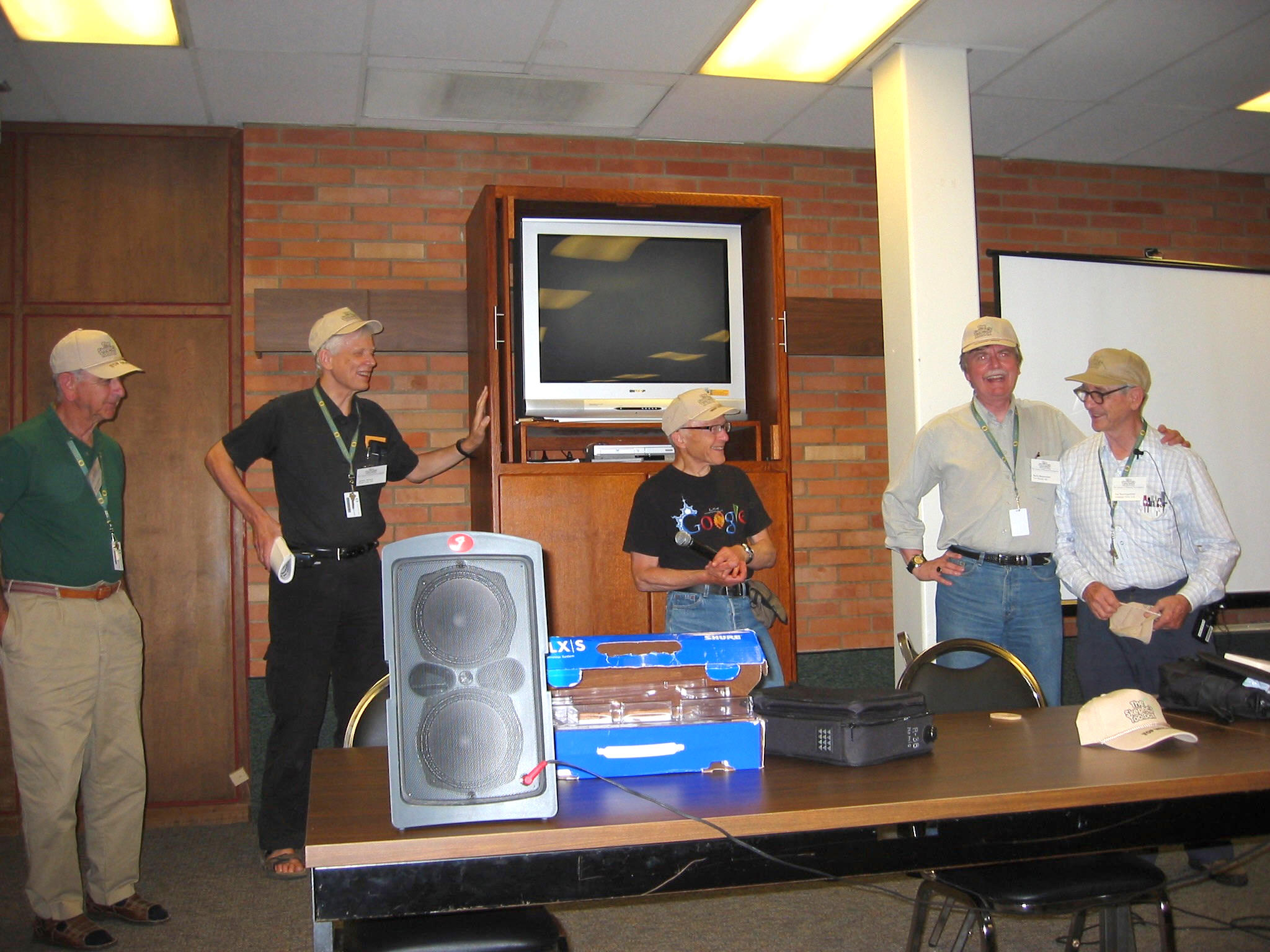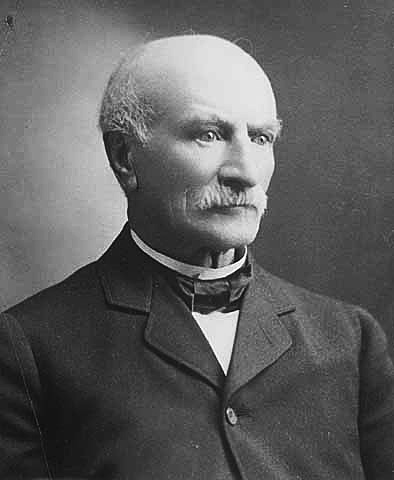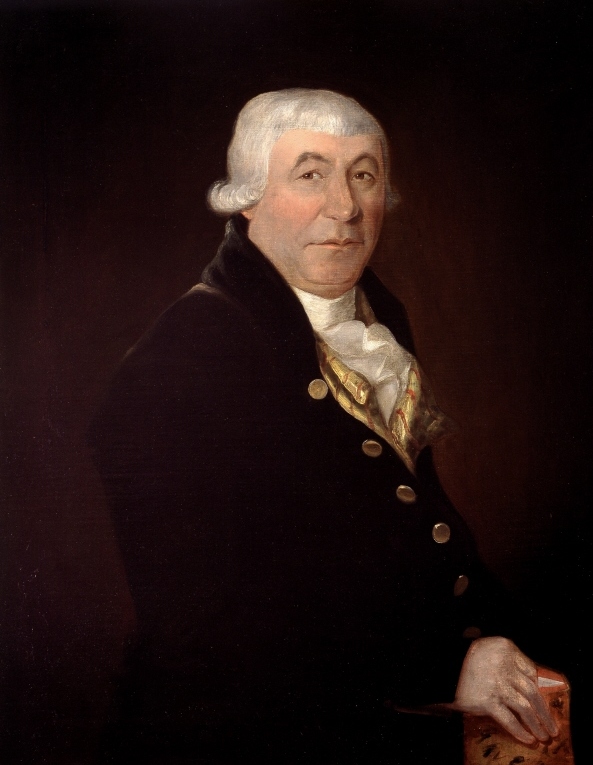|
Ten Percent Of The Brain Myth
The 10 percent of the brain myth states that humans generally use only 10 percent (or some other small percentage) of their brains. It has been misattributed to many celebrated people of science and history, notably Albert Einstein. By extrapolation, it is suggested that a person may 'harness' or 'unlock' this unused potential and increase their intelligence. Changes in grey and white matter following new experiences and learning have been shown, but it has not yet been proven what the changes are. The popular notion that large parts of the brain remain unused, and could subsequently be "activated", rests in folklore and not science. Though specific mechanisms regarding brain function remain to be fully described—e.g. memory, consciousness—the physiology of brain mapping suggests that all areas of the brain have a function and that they are used nearly all the time. Origin A likely origin for the "ten percent myth" is the reserve energy theories of Harvard psychologists, Wil ... [...More Info...] [...Related Items...] OR: [Wikipedia] [Google] [Baidu] |
Skull And Brain Normal Human
The skull is a bone protective cavity for the brain. The skull is composed of four types of bone i.e., cranial bones, facial bones, ear ossicles and hyoid bone. However two parts are more prominent: the cranium and the mandible. In humans, these two parts are the neurocranium and the viscerocranium (facial skeleton) that includes the mandible as its largest bone. The skull forms the anterior-most portion of the skeleton and is a product of cephalisation—housing the brain, and several sensory structures such as the eyes, ears, nose, and mouth. In humans these sensory structures are part of the facial skeleton. Functions of the skull include protection of the brain, fixing the distance between the eyes to allow stereoscopic vision, and fixing the position of the ears to enable sound localisation of the direction and distance of sounds. In some animals, such as horned ungulates (mammals with hooves), the skull also has a defensive function by providing the mount (on the frontal ... [...More Info...] [...Related Items...] OR: [Wikipedia] [Google] [Baidu] |
Dale Carnegie
Dale Carnegie (; spelled Carnagey until c. 1922; November 24, 1888 – November 1, 1955) was an American writer and lecturer, and the developer of courses in self-improvement, salesmanship, corporate training, public speaking, and interpersonal skills. Born into poverty on a farm in Missouri, he was the author of ''How to Win Friends and Influence People'' (1936), a bestseller that remains popular today. He also wrote ''How to Stop Worrying and Start Living'' (1948), '' Lincoln the Unknown'' (1932), and several other books. One of the core ideas in his books is that it is possible to change other people's behavior by changing one's behavior towards them. Biography Dale Carnegie was born November 24, 1888, on a farm in Maryville, Missouri. He was the second son of farmers Amanda Elizabeth Harbison (1858-1939) and her husband James William Carnagey (1852–1941). Carnegie grew up around Bedison, Missouri, southeast of Maryville and attended rural Rose Hill and Harmony one room ... [...More Info...] [...Related Items...] OR: [Wikipedia] [Google] [Baidu] |
Functional Magnetic Resonance Imaging
Functional magnetic resonance imaging or functional MRI (fMRI) measures brain activity by detecting changes associated with blood flow. This technique relies on the fact that cerebral blood flow and neuronal activation are coupled. When an area of the brain is in use, blood flow to that region also increases. The primary form of fMRI uses the blood-oxygen-level dependent (BOLD) contrast, discovered by Seiji Ogawa in 1990. This is a type of specialized brain and body scan used to map neuron, neural activity in the brain or spinal cord of humans or other animals by imaging the change in blood flow (hemodynamic response) related to energy use by brain cells. Since the early 1990s, fMRI has come to dominate brain mapping research because it does not involve the use of injections, surgery, the ingestion of substances, or exposure to ionizing radiation. This measure is frequently corrupted by noise from various sources; hence, statistical procedures are used to extract the underlying si ... [...More Info...] [...Related Items...] OR: [Wikipedia] [Google] [Baidu] |
Positron Emission Tomography
Positron emission tomography (PET) is a functional imaging technique that uses radioactive substances known as radiotracers to visualize and measure changes in Metabolism, metabolic processes, and in other physiological activities including blood flow, regional chemical composition, and absorption. Different tracers are used for various imaging purposes, depending on the target process within the body. For example, 18F-FDG, -FDG is commonly used to detect cancer, Sodium fluoride#Medical imaging, NaF is widely used for detecting bone formation, and Isotopes of oxygen#Oxygen-15, oxygen-15 is sometimes used to measure blood flow. PET is a common medical imaging, imaging technique, a Scintigraphy#Process, medical scintillography technique used in nuclear medicine. A radiopharmaceutical, radiopharmaceutical — a radioisotope attached to a drug — is injected into the body as a radioactive tracer, tracer. When the radiopharmaceutical undergoes beta plus decay, a positron is ... [...More Info...] [...Related Items...] OR: [Wikipedia] [Google] [Baidu] |
Barry Beyerstein
Barry L Beyerstein (May 19, 1947 – June 25, 2007) was a scientific skeptic and professor of psychology at Simon Fraser University in Burnaby, British Columbia. Beyerstein's research explored brain mechanisms of perception and consciousness, the effects of drugs on the brain and mind, sense of smell and its lesser-known contributions to human cognition and emotion. He was founder and chair of the BC Skeptics Society, a Fellow and member of the Executive Council of the Committee for the Scientific Investigation of Claims of the Paranormal (CSICOP), now known as the Committee for Skeptical Inquiry. Associate editor of the ''Scientific Review of Alternative Medicine'' Journal as well as a contributor to ''Skeptical Inquirer'', Beyerstein was one of the original faculty of CSICOP's Skeptic's Toolbox. Beyerstein was a co-founder of the Canadians for Rational Health Policy and a member of the advisory board of the Drug Policy Foundation of Washington D.C. He was a founding board mem ... [...More Info...] [...Related Items...] OR: [Wikipedia] [Google] [Baidu] |
Mayo Clinic
The Mayo Clinic () is a nonprofit American academic medical center focused on integrated health care, education, and research. It employs over 4,500 physicians and scientists, along with another 58,400 administrative and allied health staff, across three major campuses: Rochester, Minnesota; Jacksonville, Florida; and Phoenix/Scottsdale, Arizona. The practice specializes in treating difficult cases through tertiary care and destination medicine. It is home to the top-15 ranked Mayo Clinic Alix School of Medicine in addition to many of the highest regarded residency education programs in the United States. It spends over $660 million a year on research and has more than 3,000 full-time research personnel. William Worrall Mayo settled his family in Rochester in 1864 and opened a sole proprietorship medical practice that evolved under his sons, Will and Charlie Mayo, along with practice partners Stinchfield, Graham, Plummer, Millet, Judd, and Balfour, into Mayo Clinic. Toda ... [...More Info...] [...Related Items...] OR: [Wikipedia] [Google] [Baidu] |
Neurons
A neuron, neurone, or nerve cell is an electrically excitable cell that communicates with other cells via specialized connections called synapses. The neuron is the main component of nervous tissue in all animals except sponges and placozoa. Non-animals like plants and fungi do not have nerve cells. Neurons are typically classified into three types based on their function. Sensory neurons respond to stimuli such as touch, sound, or light that affect the cells of the sensory organs, and they send signals to the spinal cord or brain. Motor neurons receive signals from the brain and spinal cord to control everything from muscle contractions to glandular output. Interneurons connect neurons to other neurons within the same region of the brain or spinal cord. When multiple neurons are connected together, they form what is called a neural circuit. A typical neuron consists of a cell body (soma), dendrites, and a single axon. The soma is a compact structure, and the axon and dend ... [...More Info...] [...Related Items...] OR: [Wikipedia] [Google] [Baidu] |
Glial Cells
Glia, also called glial cells (gliocytes) or neuroglia, are non-neuronal cells in the central nervous system (brain and spinal cord) and the peripheral nervous system that do not produce electrical impulses. They maintain homeostasis, form myelin in the peripheral nervous system, and provide support and protection for neurons. In the central nervous system, glial cells include oligodendrocytes, astrocytes, ependymal cells, and microglia, and in the peripheral nervous system they include Schwann cells and satellite cells. Function They have four main functions: *to surround neurons and hold them in place *to supply nutrients and oxygen to neurons *to insulate one neuron from another *to destroy pathogens and remove dead neurons. They also play a role in neurotransmission and synaptic connections, and in physiological processes such as breathing. While glia were thought to outnumber neurons by a ratio of 10:1, recent studies using newer methods and reappraisal of historical quan ... [...More Info...] [...Related Items...] OR: [Wikipedia] [Google] [Baidu] |
Cerebral Cortex
The cerebral cortex, also known as the cerebral mantle, is the outer layer of neural tissue of the cerebrum of the brain in humans and other mammals. The cerebral cortex mostly consists of the six-layered neocortex, with just 10% consisting of allocortex. It is separated into two cortices, by the longitudinal fissure that divides the cerebrum into the left and right cerebral hemispheres. The two hemispheres are joined beneath the cortex by the corpus callosum. The cerebral cortex is the largest site of neural integration in the central nervous system. It plays a key role in attention, perception, awareness, thought, memory, language, and consciousness. The cerebral cortex is part of the brain responsible for cognition. In most mammals, apart from small mammals that have small brains, the cerebral cortex is folded, providing a greater surface area in the confined volume of the cranium. Apart from minimising brain and cranial volume, cortical folding is crucial for the brain ... [...More Info...] [...Related Items...] OR: [Wikipedia] [Google] [Baidu] |
McGill University
McGill University (french: link=no, Université McGill) is an English-language public research university located in Montreal, Quebec, Canada. Founded in 1821 by royal charter granted by King George IV,Frost, Stanley Brice. ''McGill University, Vol. I. For the Advancement of Learning, 1801–1895.'' McGill-Queen's University Press, 1980. the university bears the name of James McGill, a Scottish merchant whose bequest in 1813 formed the university's precursor, University of McGill College (or simply, McGill College); the name was officially changed to McGill University in 1885. McGill's main campus is on the slope of Mount Royal in downtown Montreal in the borough of Ville-Marie, with a second campus situated in Sainte-Anne-de-Bellevue, west of the main campus on Montreal Island. The university is one of two members of the Association of American Universities located outside the United States, alongside the University of Toronto, and is the only Canadian member of the Glob ... [...More Info...] [...Related Items...] OR: [Wikipedia] [Google] [Baidu] |
Montreal Neurological Institute
The McGill University Health Centre (MUHC; french: Centre universitaire de santé McGill) is one of two major healthcare networks in the city of Montreal, Quebec. It is affiliated with McGill University and is one of the largest medical complex in Montreal. It is the largest hospital system in Canada by bed capacity. The majority of its funding comes from Quebec taxpayers through the Ministry of Health and Social Services. The centre provides inpatient and ambulatory care. History The centre announced that it would consolidate its services in a single facility in 2007; it was a long and troubled process. It was budgeted at around $700 million but cost around $1.3 billion; it was meant to take only three years but took much longer. The project was completed in 2015. The facility replaced the existing facilities of the Royal Victoria Hospital (on April 26, 2015), the Montreal Children's Hospital (on May 24, 2015), and the Montreal Chest Institute (on June 14, 2015). It did not repl ... [...More Info...] [...Related Items...] OR: [Wikipedia] [Google] [Baidu] |
Wilder Penfield
Wilder Graves Penfield (January 26, 1891April 5, 1976) was an American Canadians, American-Physicians in Canada, Canadian neurosurgeon. He expanded brain surgery's methods and techniques, including mapping the functions of various regions of the brain such as the cortical homunculus. His scientific contributions on neural stimulation expand across a variety of topics including hallucinations, illusions, and ''déjà vu''. Penfield devoted much of his thinking to mental processes, including contemplation of whether there was any scientific basis for the existence of the human soul. Biography Early life and education Born in Spokane, Washington, on January 26, 1891, Penfield spent most of his early life in Hudson, Wisconsin. He studied at Princeton University, where he was a member of Cap and Gown Club and played on the Princeton Tigers football, football team. After graduation in 1913, he was hired briefly as the team coach. In 1915 he obtained a Rhodes Scholarship to Merton C ... [...More Info...] [...Related Items...] OR: [Wikipedia] [Google] [Baidu] |








